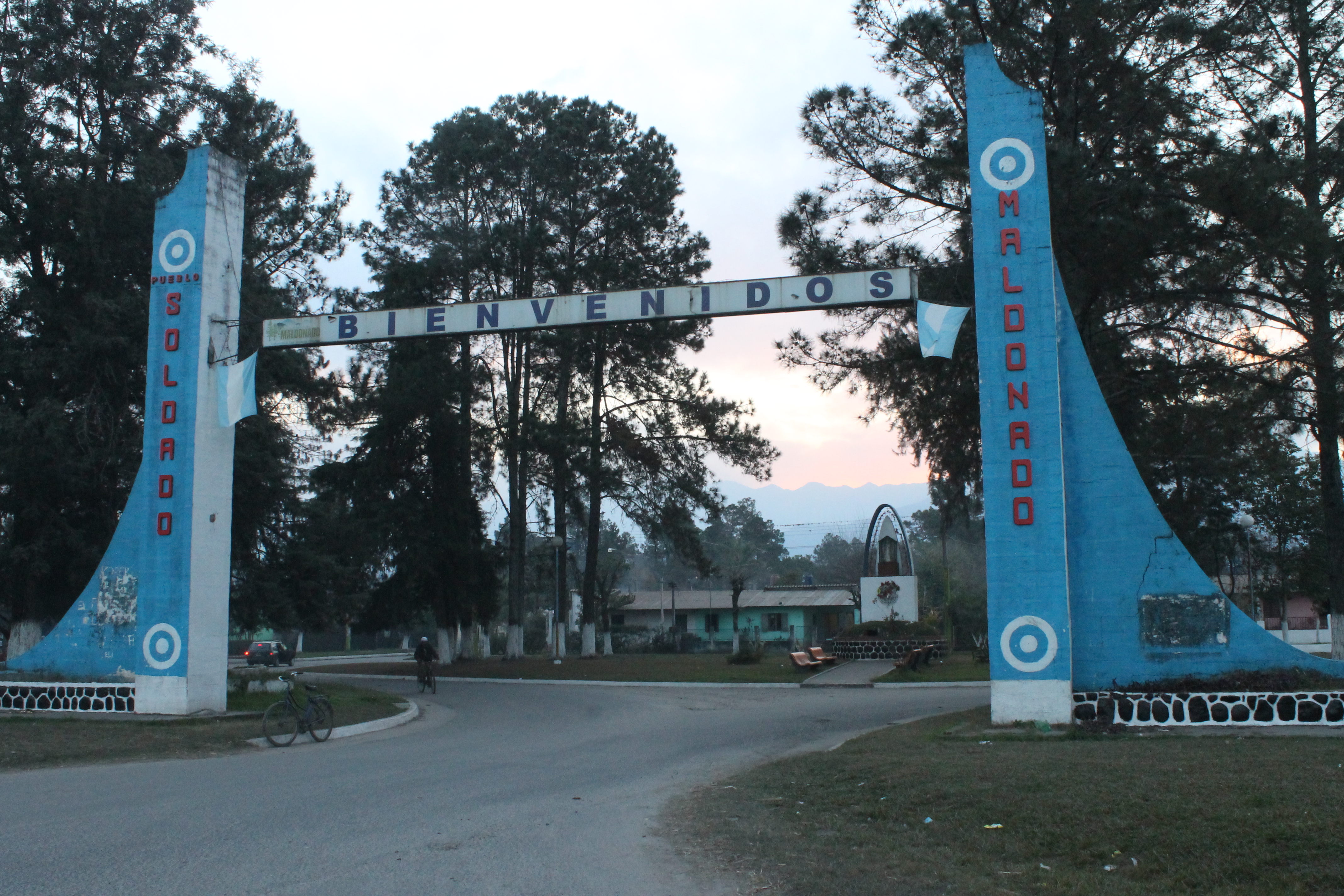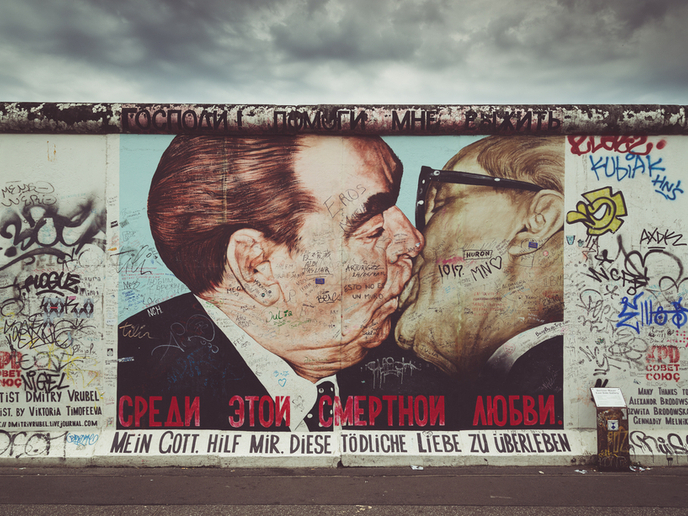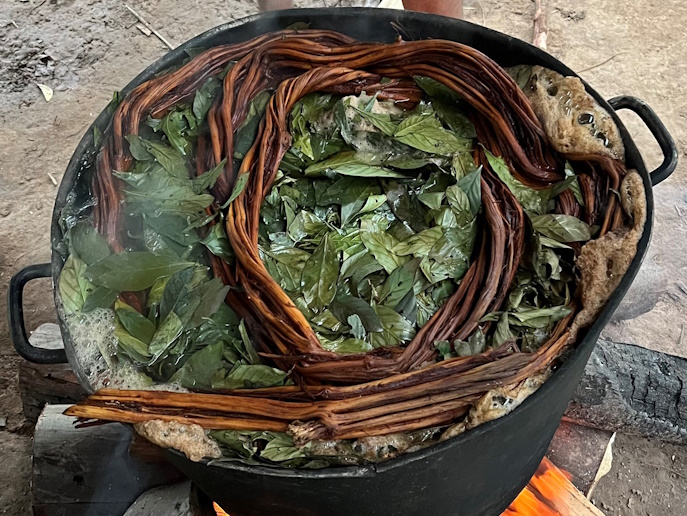Displacement of rural communities into model villages: techniques of military counterinsurgency
The 70s and 80s were very significant periods for the history of Latin America. After a rise of revolutionary movements throughout the entire continent during the 60s, the decades that followed were characterised by the emergence of military dictatorships that produced profound social changes in the region. Counterinsurgency policies were aimed not only at destroying guerrilla movements, but also at ‘winning the hearts and minds’ of the population. Among the different techniques used to pursue this goal were ‘strategic villages’: model villages designed to cut the population away from their old territories and loyalties. The Marie Curie-funded research, conducted by principal investigator Prof. Pamela Colombo under the Strategic Villages project, considered how forced urbanisation as a counterinsurgency measure was used to control populations and consolidate state power. “The notion of uprooting populations and rehoming them in purpose-built villages under the guise of improving quality of life, is not a new one. Strategic villages have been created in Africa and Asia in the context of decolonisation wars and with the support of the colonial powers. England built new villages in Malaysia and Kenya, the USA built strategic hamlets in Vietnam and France created ‘centres de regroupement’ in Algeria,” explains Prof. Colombo. “My fieldwork has allowed me to discover that, faced with similar ‘problems’ (in this case the loss of control of certain territories), States end up adopting very similar population regrouping policies.” At the time, the military doctrine in Latin America posited that the ‘improvement’ of the population’s living conditions would help to prevent civic support to rebel movements. Rural poverty and dispersal were conceived of as being at the origin of revolutionary movements. “The territorial reconfiguration and infrastructure that has been inherited from that time continues to be used and inhabited today. My interest is not only to recover the history of the strategic village program, but to analyse the effects that this policy still has on the present of Latin America,” she explains. She used a mixed methodology for her research, conducting archival work, interviewing government actors and conducting ethnographic work inside the strategic villages with displaced populations. In doing so, Prof. Colombo unveiled an interesting dichotomy. “I found many references to different types of crimes and abuses committed during the occupation by the Armed Forces: forced displacement; destruction of previous living spaces; control and surveillance of daily life; arbitrary arrests; forced labour; public punishments, and even forced disappearances. However, I also found, in Argentina, that a big part of this same population still supports the military ‘civic action programmes’. The military might have arrived in their lives, but then, so did the State.” There were many highlights during the period she worked on Strategic Villages, including the co-organisation of the exhibition ‘Violence in Space: Urban and Territorial Policies during the Military Dictatorship in Argentina (1976-1983’) which she organised with Dr Carlos Salamanca, and with the collaboration of 30 researchers. “During the period of the Marie Curie grant I had the wonderful opportunity of creating and consolidating my participation in a network of researchers. I benefitted greatly from the insight given by my supervisor Dr Elisabeth Anstett at the Écoles des Hautes Études en Sciences Sociales and also from my co-supervisor in Argentina, Dr Claudia Feld, and the team at the Nucleo de Estudios sobre Memoria that hosted me as my third country institution.”
Keywords
Strategic Villages, Latin America, territorial reconfiguration, forced displacement, rural poverty, displaced populations, military dictatorships, counterinsurgency







